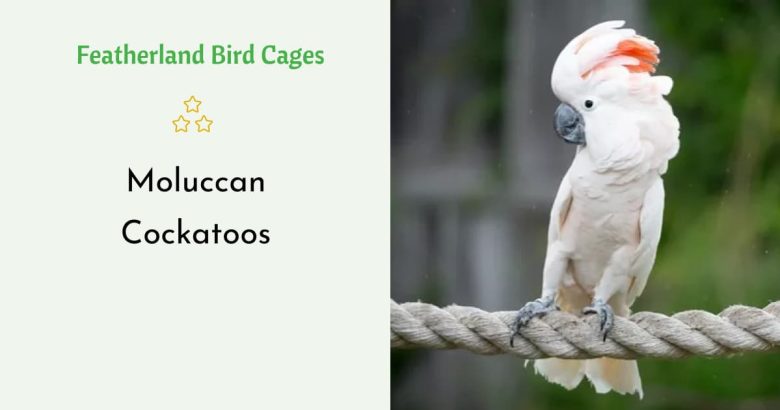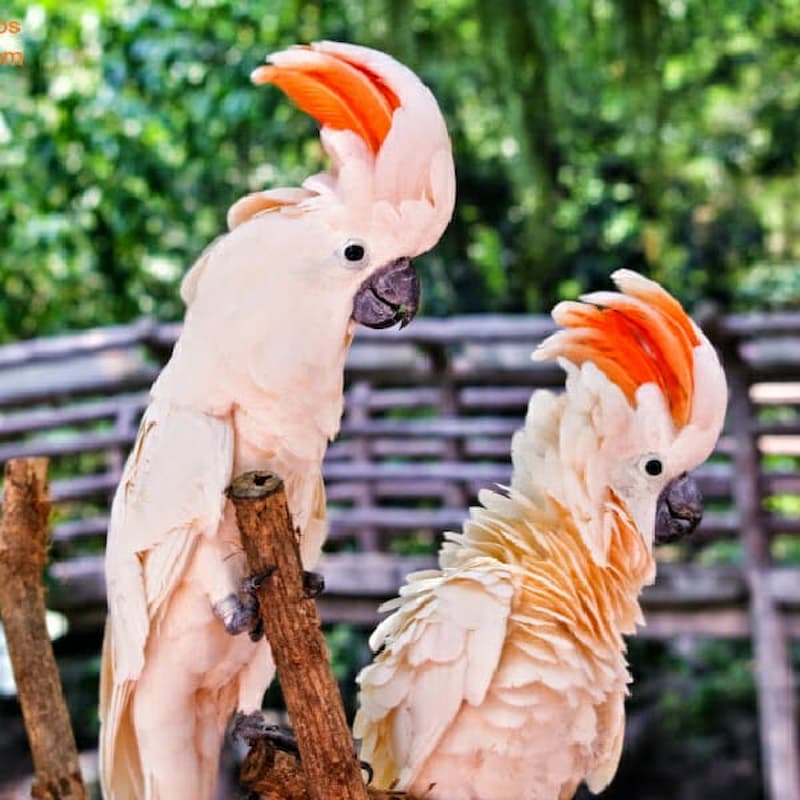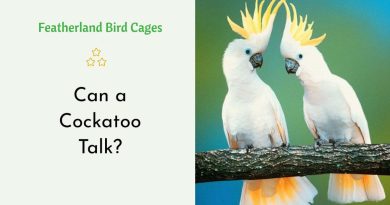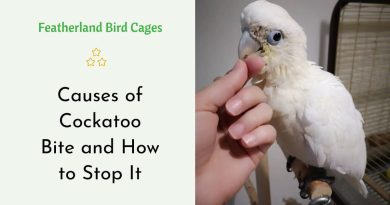Moluccan Cockatoos

Moluccan cockatoos (Cacatua moluccensis) are intelligent, affectionate birds that thrive on social interaction with their humans. They need to spend plenty of supervised time with their humans or they may become destructive.
They eat a variety of seeds, nuts and fruits. They also attack young coconuts, chewing through the tough outer layer to reach the soft inner pulp for their food.
Habitat
Moluccan cockatoos are prone to behavioral problems, particularly if their physical and emotional needs are not met. Feather-plucking, screaming and self-mutilation are common symptoms of cockatoo stress. They are best suited to households that can provide them with plenty of space, as well as regular, daily, supervised out-of-cage playtime.
They are one of the largest white cockatoos and inhabit forests, swamp areas, and other biotopes in southern Maluku Islands and Indonesia. Their diet consists of seeds, nuts, fruit, and coconuts. Farmers often consider them pests because of their propensity to destroy young coconut plantations, searching for the inner soft pulp and milk.
They require a large cage that can be made safe for climbing, painted with nontoxic paint and with adequate bar spacing. They also produce a powdery dust that may cause allergy problems. Toys and blocks of wood will help satisfy their natural foraging instincts; otherwise, they may chew on walls, furniture, or other objects in the house.
Diet
In the wild salmon-crested cockatoos live in lowland forests and are found in groups, often considered pests by farmers. They are monogamous and mate for life. They separate from the flock during the breeding season to nest in a hollow tree cavity.
They should be fed a mixture of dry seeds, nuts and cooked vegetables and fruits. Fresh water should be available at all times and it should be changed daily.
Cockatoos require a large cage and need daily, supervised play time. They can be destructive in their cages and need a place to spend some of their pent-up energy. They can also be very loud and vocal.
A cockatoo needs a high protein percentage in its diet. Proteins in the form of nuts, seeds and cooked beans are important. It also needs a good amount of fiber and a healthy amount of fat. These foods can be purchased at most pet stores. Avoid feeding cockatoos chocolate, candy and other foods containing sugar.
Exercise
Moluccan cockatoos need a lot of exercise to stay happy, healthy and well-behaved. They should be allowed to play outside of their cages for at least three hours a day in a safe environment, where they can explore and stretch their legs.
They also need plenty of toys to keep them occupied and busy. They should never be placed in a cage that is small or with a lid; they need a large room to move around and play freely.
A well-adjusted cockatoo will be a sweet companion who will become bonded with its owner. However, if this bird isn’t well-suited to an owner’s lifestyle it can develop serious behavioral problems. These include screaming (which is a normal part of its behavior) and territorial aggression. These birds are monogamous and mate for life. They breed once a year between December and March, when vegetation growth is at its peak and food is plentiful. The incubation period is 24 to 26 days.
Training
These birds are highly intelligent and do best in a home with extensive training time. They do well with basic obedience work and can be taught to crate train. The crate should be large and durable since cockatoos are strong chewers. Continuous reinforcement is necessary to maintain crate behavior.
They can also be trained to play the shell game, basketball, put money in a piggy bank, and take a bow. They have excellent memory and are very quick learners. These birds are very beautiful with pale peach bodies accented by salmon colored crest feathers.
The male ruffles feathers, spreads wings and erects the crest feather in courtship behavior to attract a female. Once the male is accepted by the female he will start preening her tail feathers and scratch her head as affection signs. They will then mate and bond for life.
In captivity, Moluccan cockatoos can live to be 50-60 years old. They are listed on CITES Appendix I and are vulnerable in the wild. The largest threats are habitat loss and collection for the pet trade.







